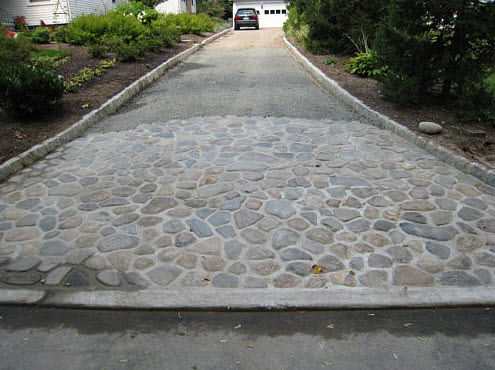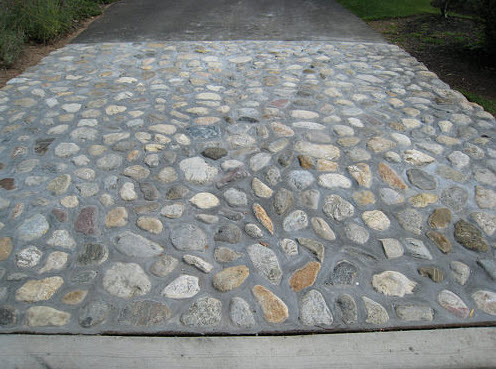Have you ever ordered something in a restaurant and then been disappointed when it arrived at the table? That’s chicken parmesan?
This happens all the time and not just with food orders. You have an expectation of what something should be, and when you ask for it by name you expect just that.
In the home improvement & building business we see the variations between terminology and results all the time. As a designer/project manager I have two concerns:
- Is there clarity and understanding between the homeowner, myself and the contractor with the description of the work and the expected results?
- And in fairness to both the homeowner and contractor: that the work to be done relates to the contract price.
Clarity and understanding
Isn’t it great when you buy something and know exactly what it’s going to be when you get it?
And I can tell you from my perspective as project manager, it’s critical to know exactly what results to expect.
So do what I do; communicate and verify by specifications and examples. The more details you make known, the less likely there will be misunderstandings.
In home improvement you will likely have two areas to monitor: the product (or material) being used, and the workmanship.
Get what you paid for
I’ve always liked that saying because it represents fairness.
If the homeowner has shopped and found a low price, he should not expect the best work. And if the homeowner has chosen a higher price, he should expect the better job.
Makes sense, right? If only it were that simple.


These are two different driveway stone-cobble aprons. They are located in the same neighborhood, maybe a block apart.
The one just above, let’s call that “B”, was built first. The one at the top (“A”) was done one year later.
I was not involved with either, but in all likelihood homeowner “A” saw the stonework at “B” and wanted a similar look. I say similar because they are not the same.
I didn’t see the “base construction” for each, but let’s assume they’re equal.
With regard to the “finish” stonework you can see the difference.
The “B” stones are more generic fieldstone, and therefore a mix of flat stones with rounder ones. The “A” stones are a select group of flat stones with rounded edges, probably from a river-bottom.
As you’d expect the “A” stones cost more.
In terms of the workmanship, greater care was taken arranging and spacing the stones on “A” than on “B”. As a result the mortared joints are more uniform on “A”.
Did the homeowner get the “cobblestone apron” she expected?
Comparatively the “A” stonework is the better job. And it should be. The stone selection is superior for this application and more time was taken installing them.
I don’t know this for sure, but I would assume the “A” stonework job cost more. I want to believe that the “A” project customer was aware of the differences and based her decision on wanting the better job.
The differences in these 2 “cobblestone aprons” represents the free market at work… and it’s great.
It lets businesses offer different products and services at different price points to meet customers’ varying budgets and expectations.
However, for the system to work smoothly, consumers need to be well-informed so that what they want (and expect) is what they are getting.

